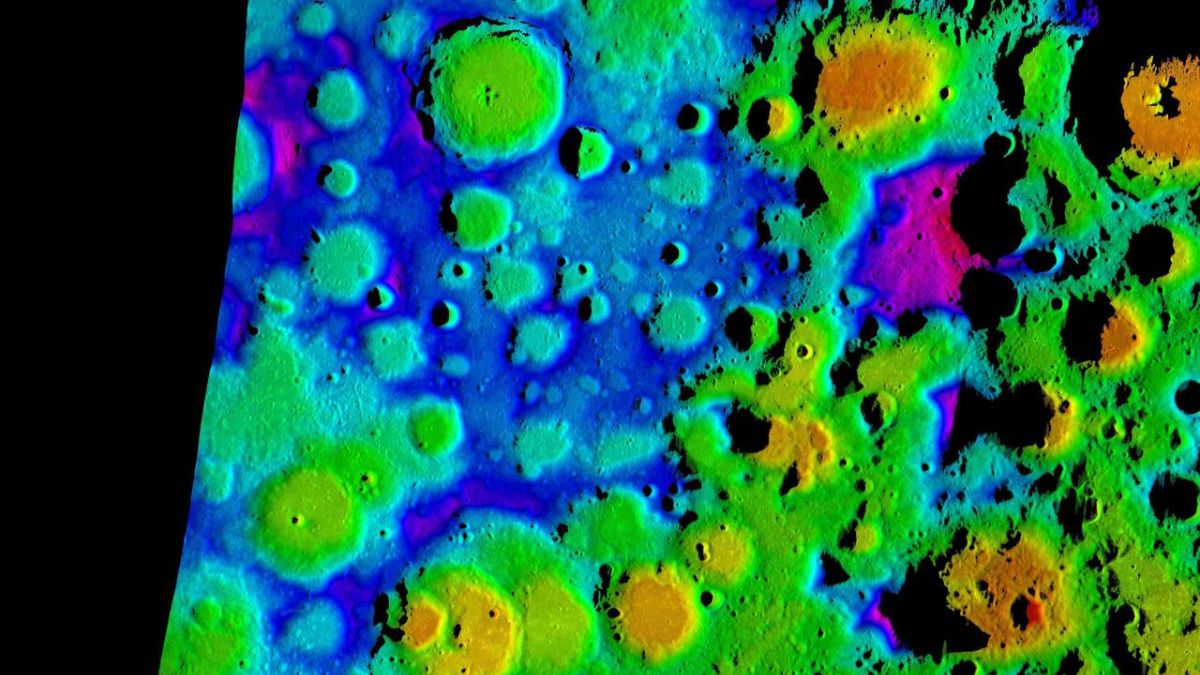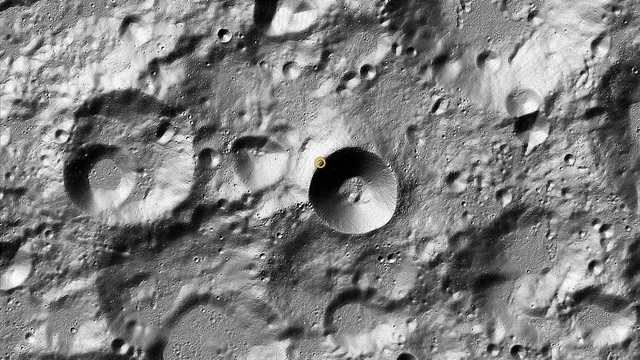- By Supratik Das
- Fri, 25 Apr 2025 02:49 PM (IST)
- Source:JND
In a groundbreaking discovery, a NASA-led experiment has proposed that steady blasts of charged solar particles, also termed the solar wind, might be the cause of forming water molecules on the lunar surface. The research, released in the journal JGR Planets on March 17, has the potential to redefine lunar chemistry and its implications for future space travel.
A Surprising Water Source
For years, scientists have observed traces of water and hydroxyl (OH) molecules on the Moon, detected through various space missions. However, the origin of this water remained a puzzle. Prevailing theories have included volcanic activity, subsurface outgassing, and micrometeorite impacts. The new NASA research introduces a compelling alternative that the solar wind itself is contributing to lunar hydration. The solar wind is a constant stream of charged particles that are blasted out of the Sun at speeds of over 1 million miles per hour. While Earth's magnetic field keeps us safe from this interstellar barrage, the Moon's feeble and patchy magnetic field leaves it open to much of this radiation.
How Sun Creates Lunar Water
Water (H₂O) is created out of hydrogen and oxygen. Oxygen-abundant lunar rocks don't contain hydrogen. The solar wind, primarily consisting of hydrogen protons, hits the surface of the Moon, reacting with oxygen-rich minerals within the Moon's dusty outer layer, called lunar regolith, and producing water molecules.
A topographical map of the lunar south pole. | Credits: NASA
NASA researchers observed a daily water cycle on the Moon, in which warmer areas give off water vapor during the day and cooler areas keep it. If water were purely from meteorite impacts, scientists contend, its levels would steadily decrease without resupply. Instead, water levels seem to reset each day, suggesting an ongoing formation process that could be powered by the solar wind.
Moon Conditions Yield Surprising Results
To test the hypothesis, scientists employed lunar soil samples obtained during NASA's Apollo 17 mission in 1972. They simulated the Moon's vacuum environment and bombarded the samples with a simulated solar wind from a custom-built particle accelerator. The simulated exposure equivalent to 80,000 years of solar wind led to the creation of water molecules in the lunar regolith. "The thrilling aspect here is that using only lunar regolith and a simple ingredient from the Sun, which constantly spews out hydrogen, there is a potential to produce water," said Li Hsia Yeo, lead author and planetary scientist at NASA's Goddard Space Flight Center.
How water is created on the Moon could be key to future manned missions. Water ice discovered at the lunar south pole could be a highly valued asset, not only for consumption purposes, but also for producing fuel and oxygen. This research also paves new ways for insight into how solar wind interacts with other airless objects in the solar system, like Mercury and some asteroids. It provides an insight into how water, an essential ingredient of life, may be formed or worn away in harsh environments beyond our planet.
Also read: ‘Skull Hill’ Found on Mars: Could This Be Proof of Ancient Life or Alien Debris? — NASA Reveals

